预约演示
更新于:2025-12-04

Swami Rama Himalayan University
更新于:2025-12-04
概览
关联
21
项与 Swami Rama Himalayan University 相关的临床试验CTRI/2025/10/096299
Comparison between Amisulpride and Ondansetron as an antiemetic for alleviating postoperative nausea and vomiting in patients undergoing laparoscopic cholecystectomy - NIL
开始日期2025-11-23 |
CTRI/2025/10/095639
To Study impact of 12 weeks of Bhramari Pranayama on serum nitric oxide levels, changes in cardio-pulmonary functions, and wound healing in adults with Type 2 Diabetic Mellitus. - NIL
开始日期2025-10-15 |
CTRI/2025/09/094764
Evaluating the impact of Jala Neti on Myopia in University students : A randomized controlled study - nil
开始日期2025-10-05 |
100 项与 Swami Rama Himalayan University 相关的临床结果
登录后查看更多信息
0 项与 Swami Rama Himalayan University 相关的专利(医药)
登录后查看更多信息
433
项与 Swami Rama Himalayan University 相关的文献(医药)2025-11-01·INFLAMMOPHARMACOLOGY
Targeting the senescence-associated secretory phenotype to modify osteoarthritis in aging
Review
作者: Singh, Sachin Kumar ; Afzal, Muhammad ; Sahoo, Samir ; Hussain, Md Sadique ; Rekha, M M ; Maji, Chandana ; Gupta, Gaurav ; Pandey, Surya Nath ; Goyal, Kavita ; Ali, Haider
Osteoarthritis (OA) is a common joint condition correlated with aging, characterized by the gradual degradation of cartilage, alterations in the subchondral bone, and ongoing low-level inflammation. There is growing evidence that the senescence-associated secretory phenotype (SASP) of chondrocytes, which includes the continuous release of IL1β, IL6, TNFα, MMP3, and MMP13, offers a crucial function in driving the pathology of OA. In this review, we consolidate the existing knowledge on the molecular processes that lead to chondrocyte aging, such as NFκB/MAPK signaling, oxidative stress, mitochondrial dysfunction, and epigenetic changes. We also critically assess senotherapeutic strategies, including senolytics (dasatinib + quercetin, ABT263), senomorphics (rapamycin, metformin, pterostilbene), anti-oxidant nanomaterials, and therapies based on extracellular vesicles that specifically reduce SASP while maintaining cartilage health. This study looks at SASP biomarkers in different joint tissues. It also examines how nanotechnology and EV strategies can help renew aging chondrocytes. This review examines the impact of cartilage changes on the aging process. It offers guidance on delaying osteoarthritis, identifies early indicators, and proposes innovative treatments to maintain joint health as grow older.
2025-11-01·Indian Journal of Medical Microbiology
Invasive pulmonary aspergillosis (IPA)- A study of risk factors, diagnostic modalities and role of galactomannan antigen detection
Article
作者: Pant, Mani Bhushan ; Singh, Rajender ; Mittal, Garima ; Khanduri, Rakhee
INTRODUCTION:
Pulmonary invasive fungal infections (IFIs), particularly among immunocompromised individuals, are associated with substantial morbidity and mortality. This study aimed to evaluate the clinical profile, underlying risk factors, and diagnostic performance of the galactomannan (GM) antigen assay in the diagnosis of Invasive Pulmonary Aspergillosis (IPA).
MATERIAL AND METHODS:
A cross-sectional observational study was conducted over 12 months at the Himalayan Institute of Medical Sciences, Dehradun, India. A total of 224 patients with suspected pulmonary IFIs were enrolled. Cases were classified as Proven, Probable, Possible, or No IFI based on the EORTC/MSG, Invasive Fungal Diseases in Adult Patients in Intensive Care Unit (FUNDICU) criteria. Respiratory and serum samples were analysed using direct potassium hydroxide (KOH) microscopy, fungal culture, and GM antigen detection via lateral flow assay. Diagnostic accuracy was determined using standard statistical analyses.
RESULTS:
Of the 224 patients, 46.4 % were classified as Proven or Probable IFI, 34.8 % as Possible, and 18.8 % as No IFI. dyspnoea (p = 0.002) was the most strongly associated symptom. Significant risk factors included asthma/COPD (52.9 %, p = 0.001), diabetes mellitus (36.5 %, p = 0.028), immunosuppression (37.5 %, p < 0.001). Fungal culture was positive in 30.3 % of cases, with Aspergillus flavus and A. fumigatus as the predominant isolates. A bronchoalveolar lavage fluid (BALF) GM optical density index (ODI) cut-off of ≥1.0 achieved balanced sensitivity (55.56 %) and specificity (75.86 %).
CONCLUSIONS:
The GM assay in BALF at an ODI threshold of ≥1.0 showsmodest discriminative ability for the early detection of invasive pulmonary aspergillosis (IPA). Incorporating GM testing alongside conventional diagnostics enhances early identification and facilitates prompt antifungal therapy.
2025-11-01·TRANSFUSION CLINIQUE ET BIOLOGIQUE
Recent advances in transfusion medicine: need for bridging evidence and practices in low- and middle-income countries
Letter
作者: Kaur, Amanpreet ; Raturi, Manish ; Bansal, Naveen
100 项与 Swami Rama Himalayan University 相关的药物交易
登录后查看更多信息
100 项与 Swami Rama Himalayan University 相关的转化医学
登录后查看更多信息
组织架构
使用我们的机构树数据加速您的研究。
登录
或
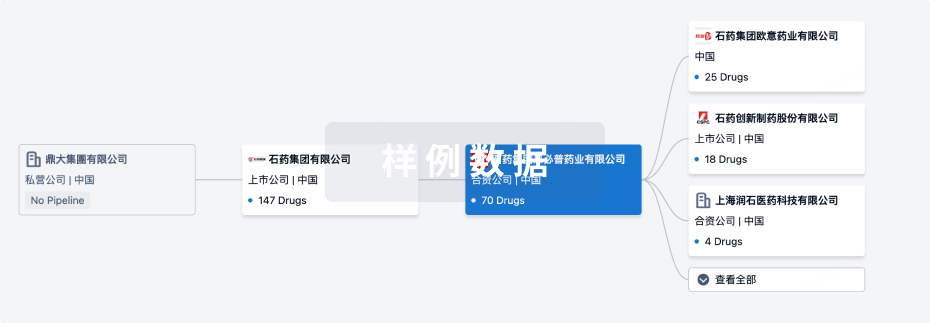
管线布局
2025年12月11日管线快照
无数据报导
登录后保持更新
药物交易
使用我们的药物交易数据加速您的研究。
登录
或
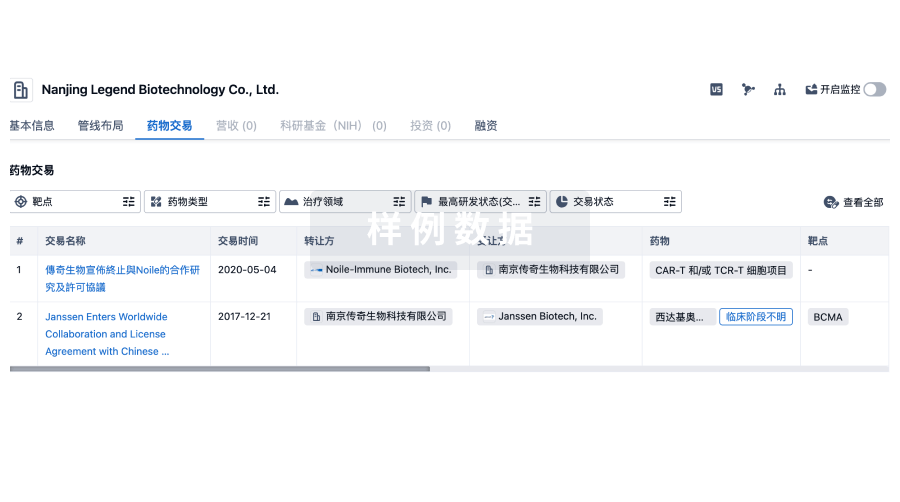
转化医学
使用我们的转化医学数据加速您的研究。
登录
或
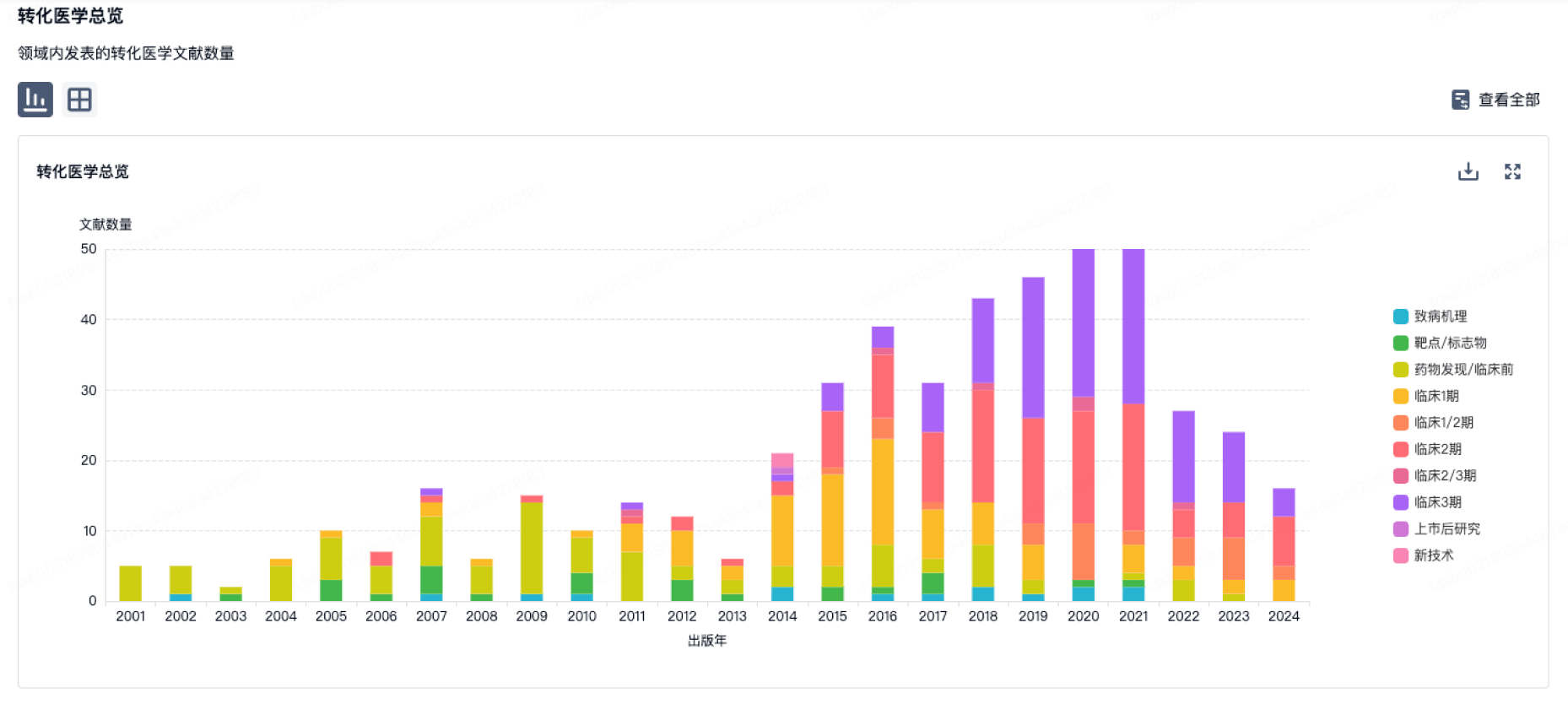
营收
使用 Synapse 探索超过 36 万个组织的财务状况。
登录
或
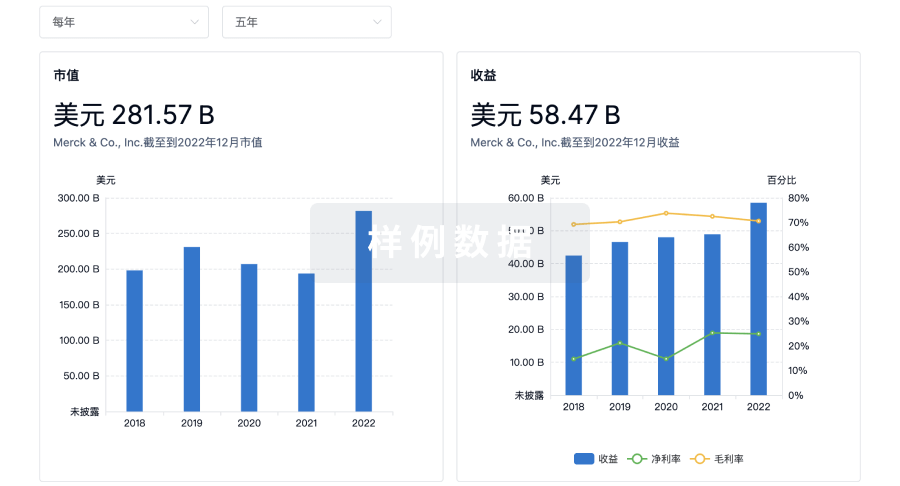
科研基金(NIH)
访问超过 200 万项资助和基金信息,以提升您的研究之旅。
登录
或

投资
深入了解从初创企业到成熟企业的最新公司投资动态。
登录
或
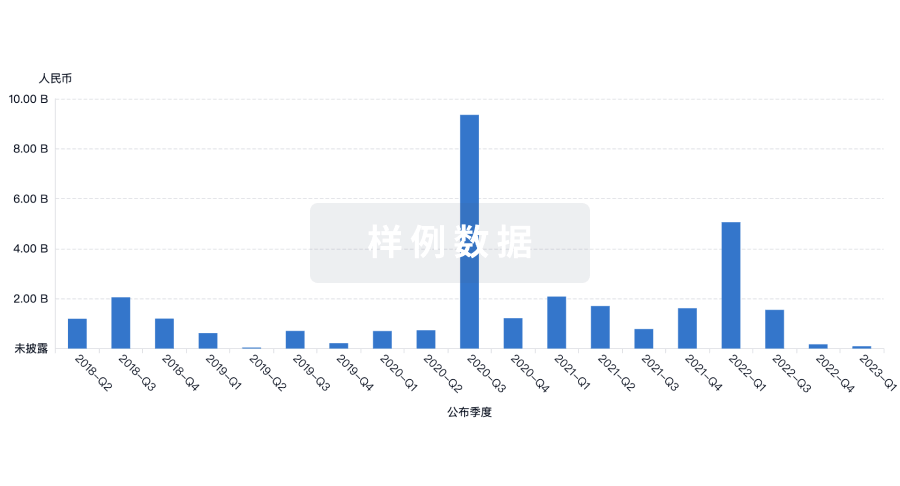
融资
发掘融资趋势以验证和推进您的投资机会。
登录
或
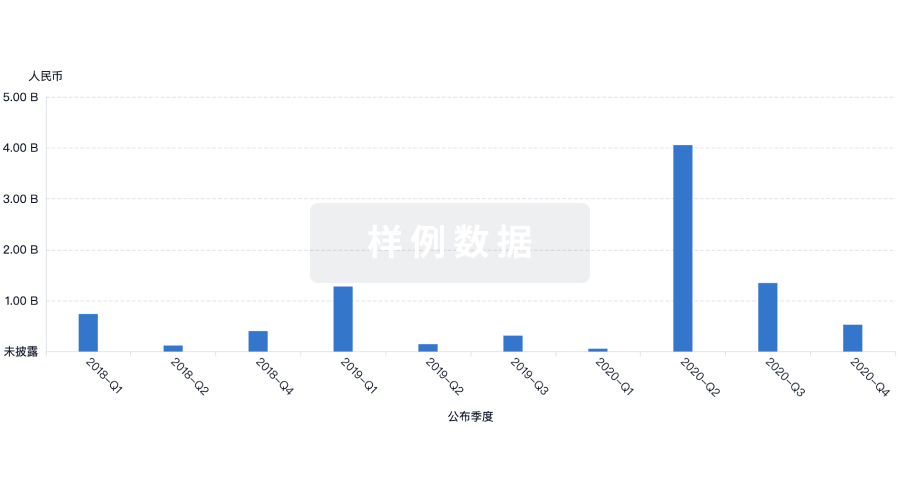
生物医药百科问答
全新生物医药AI Agent 覆盖科研全链路,让突破性发现快人一步
立即开始免费试用!
智慧芽新药情报库是智慧芽专为生命科学人士构建的基于AI的创新药情报平台,助您全方位提升您的研发与决策效率。
立即开始数据试用!
智慧芽新药库数据也通过智慧芽数据服务平台,以API或者数据包形式对外开放,助您更加充分利用智慧芽新药情报信息。
生物序列数据库
生物药研发创新
免费使用
化学结构数据库
小分子化药研发创新
免费使用